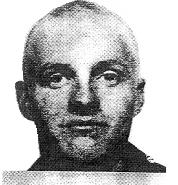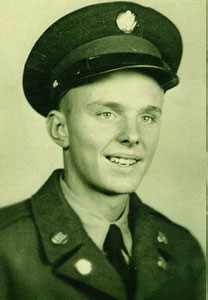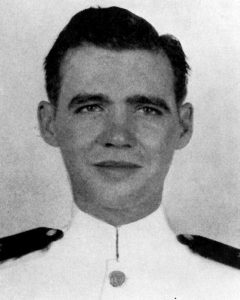
Curtis Roy Cline from Burlington, Michigan, Calhoun county.
Service era: Vietnam
Date of death: September 18, 1969
Death details: Private First Class Curtis Roy Cline entered the U.S. Army from Michigan and served in Company D, 1st Battalion, 12th Infantry Regiment, 4th Infantry Division. On September 18, 1969, he was serving as a rifleman in his unit attempting to make a river crossing in South Vietnam. He was the second man to cross, and when he was roughly halfway across the river he got water in his mouth and accidentally let go of the vine being used as a hand hold. The swift current swept him downstream, and he was not seen again. Attempts to locate or identify his remains following his loss were unsuccessful. After his disappearance, the Army promoted PFC Cline to the rank of Staff Sergeant (SSG). Today, Staff Sergeant Cline is memorialized on the Courts of the Missing at the National Memorial Cemetery of the Pacific.
Based on all information available, DPAA assessed the individual’s case to be in the analytical category of Non-recoverable.
Source: National Archives, Defense POW/MIA Accounting Agency



